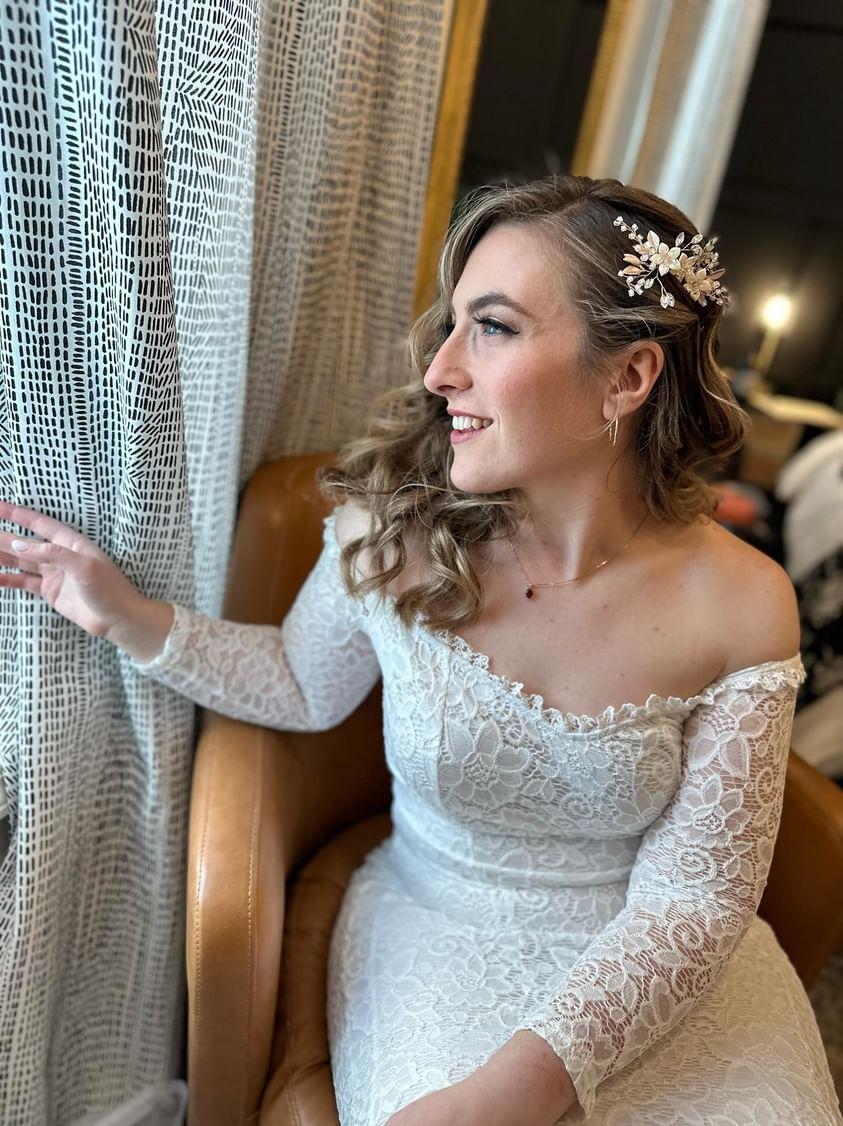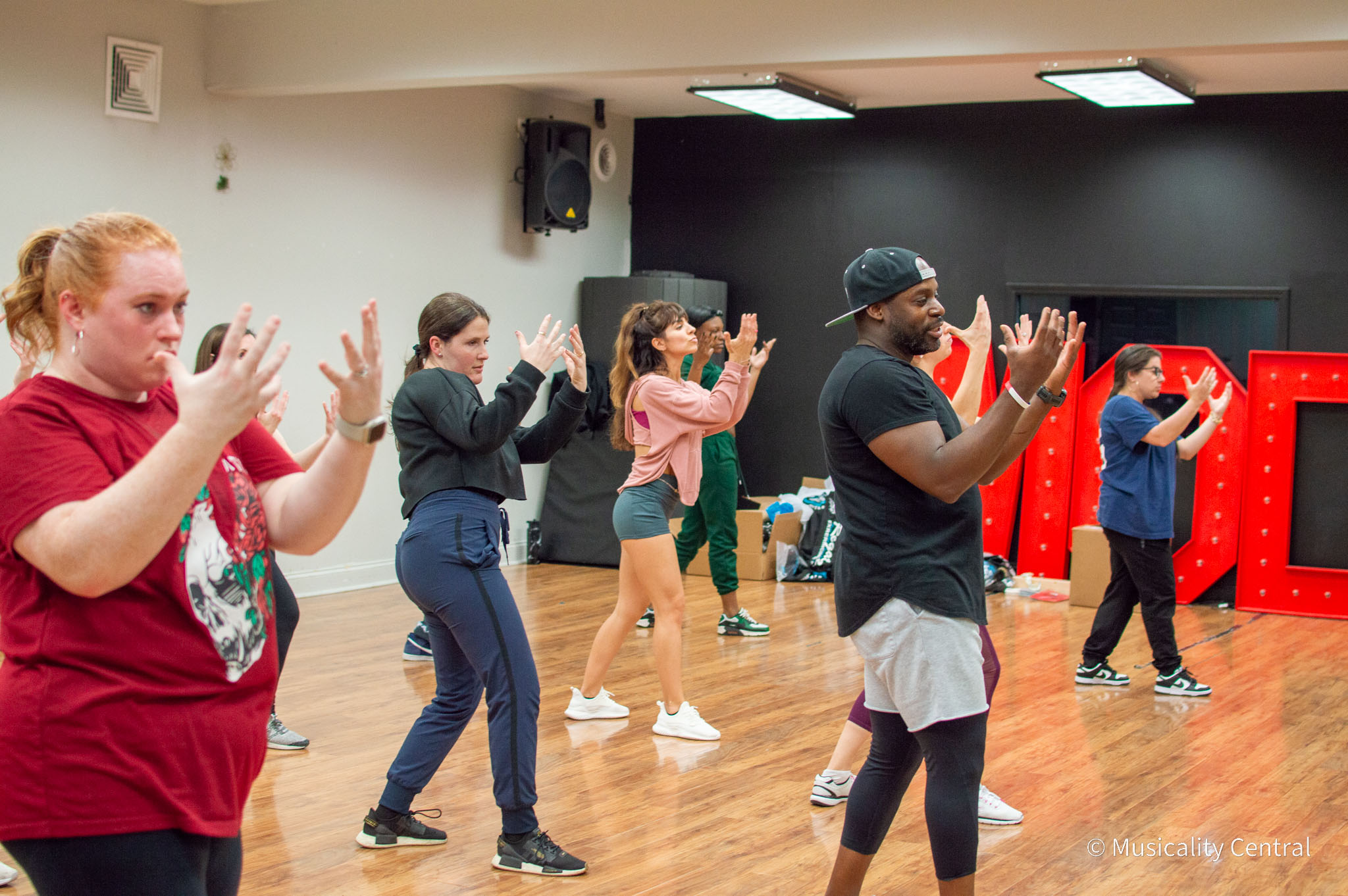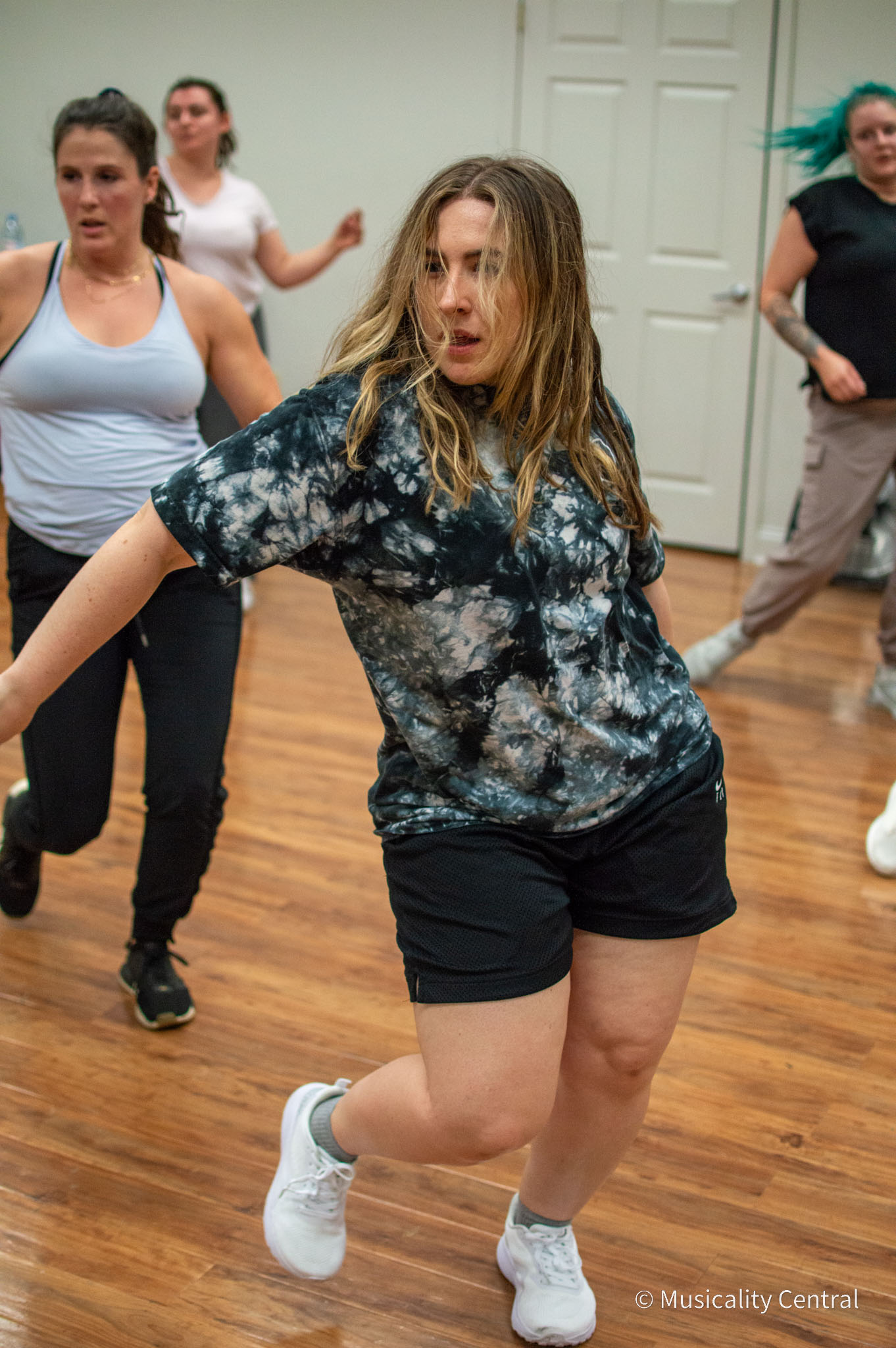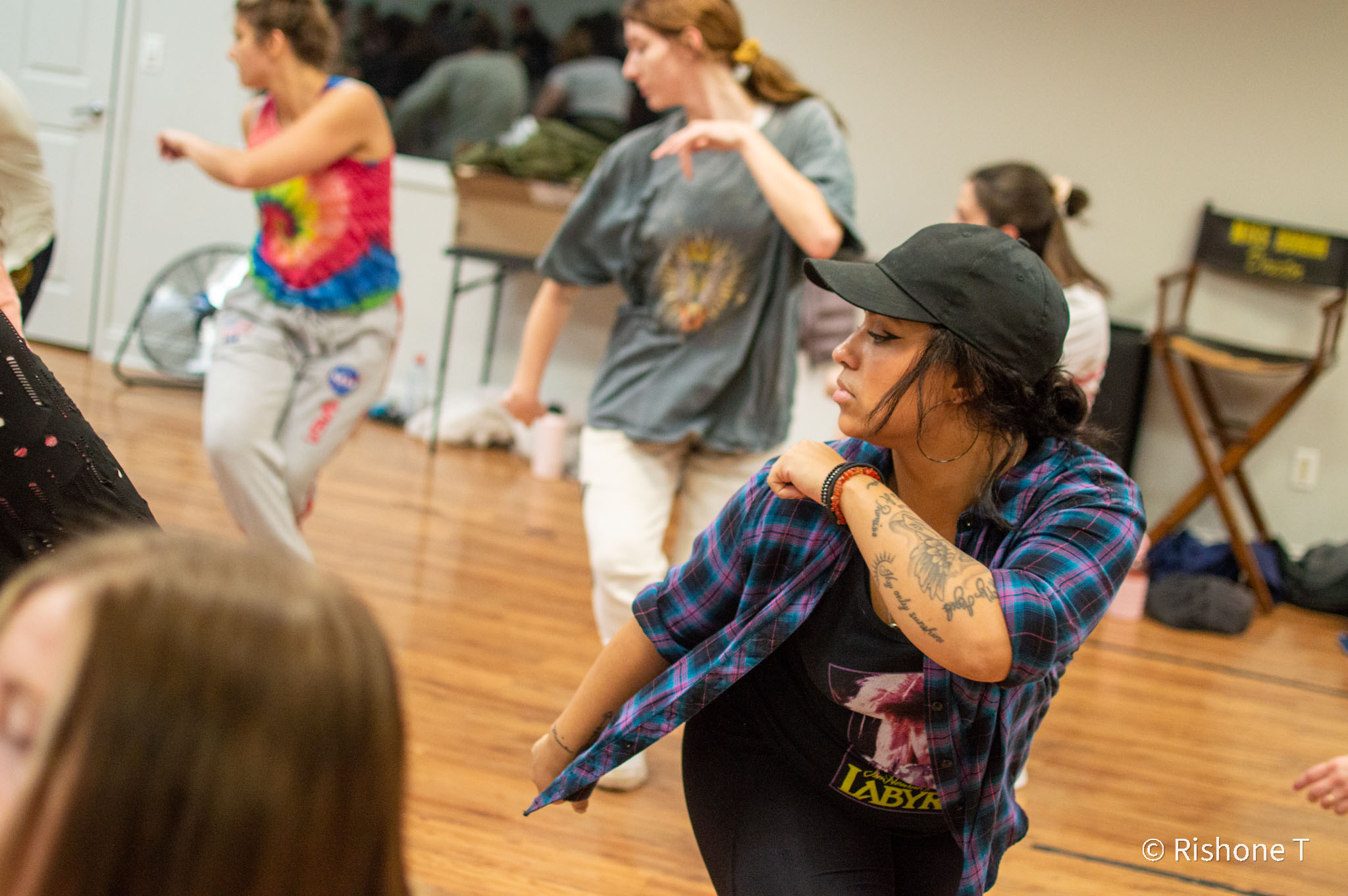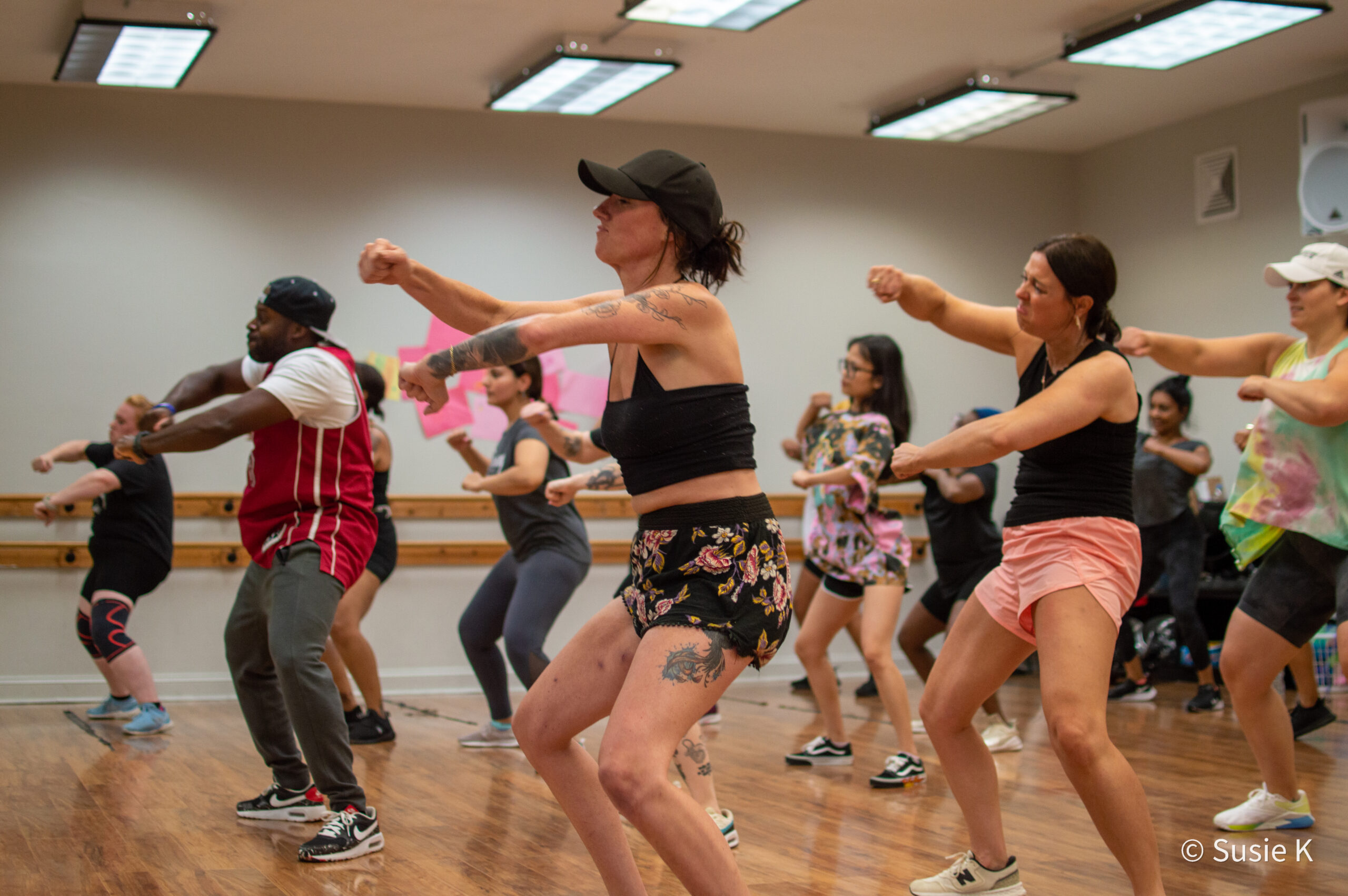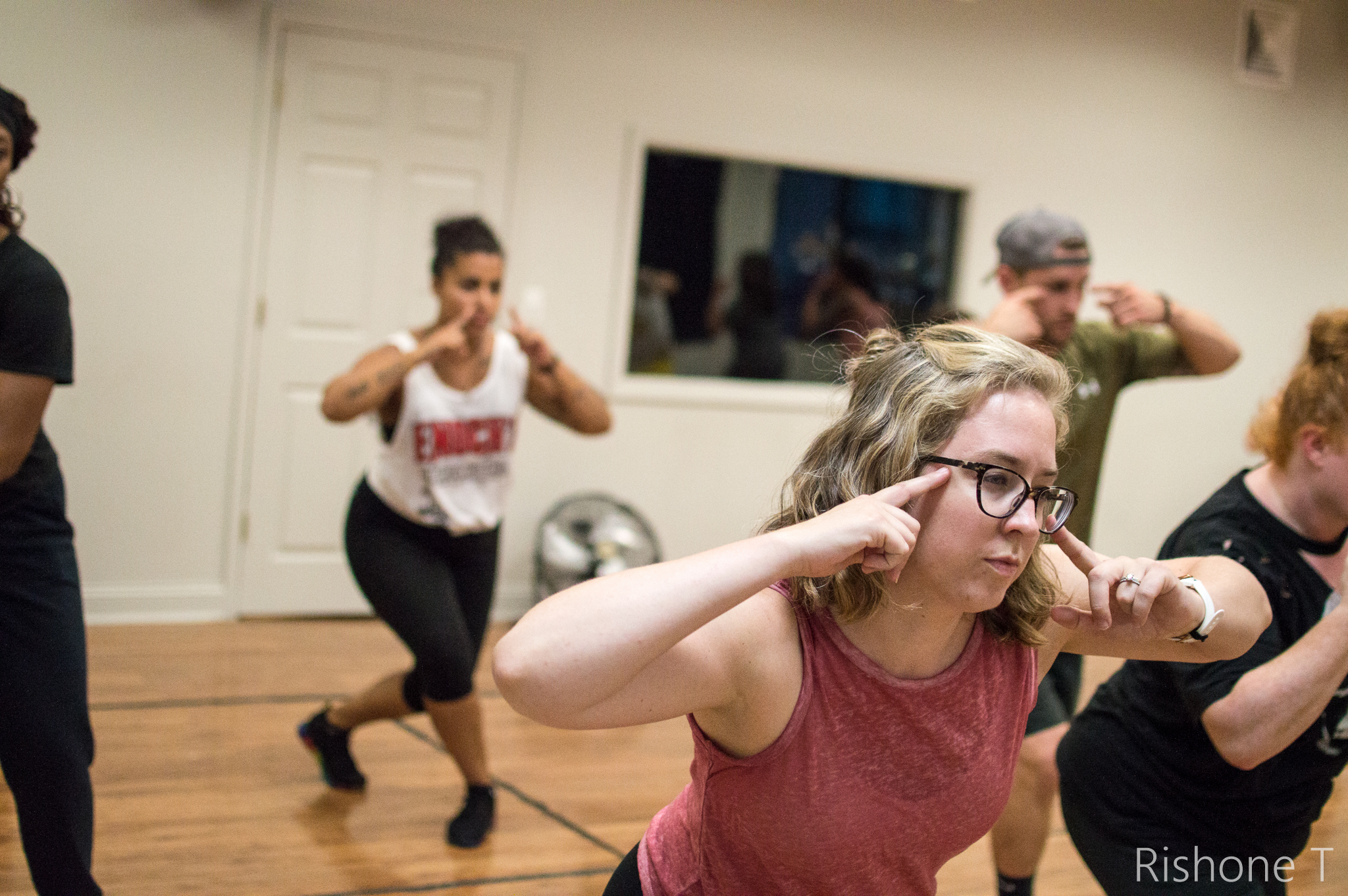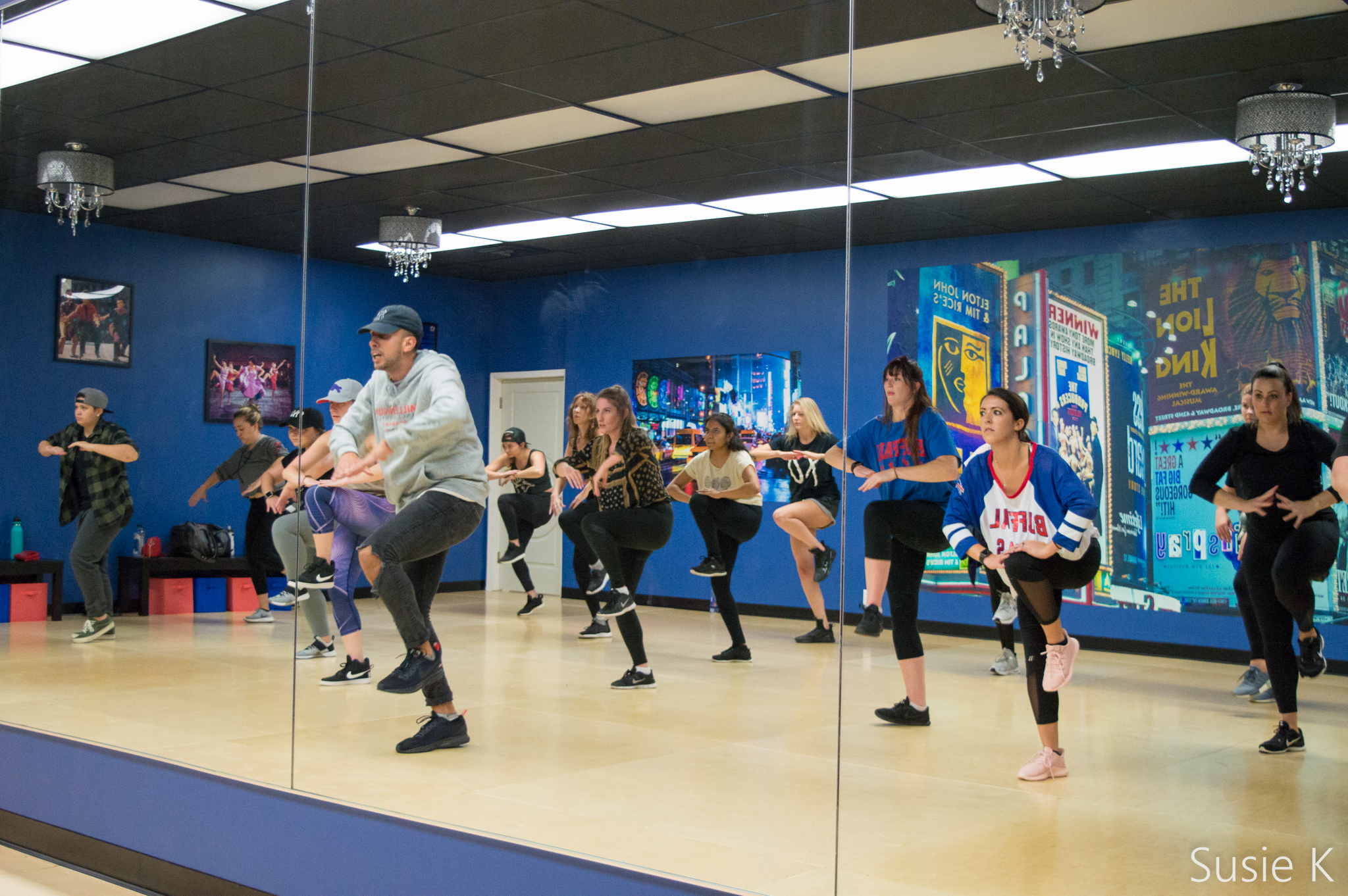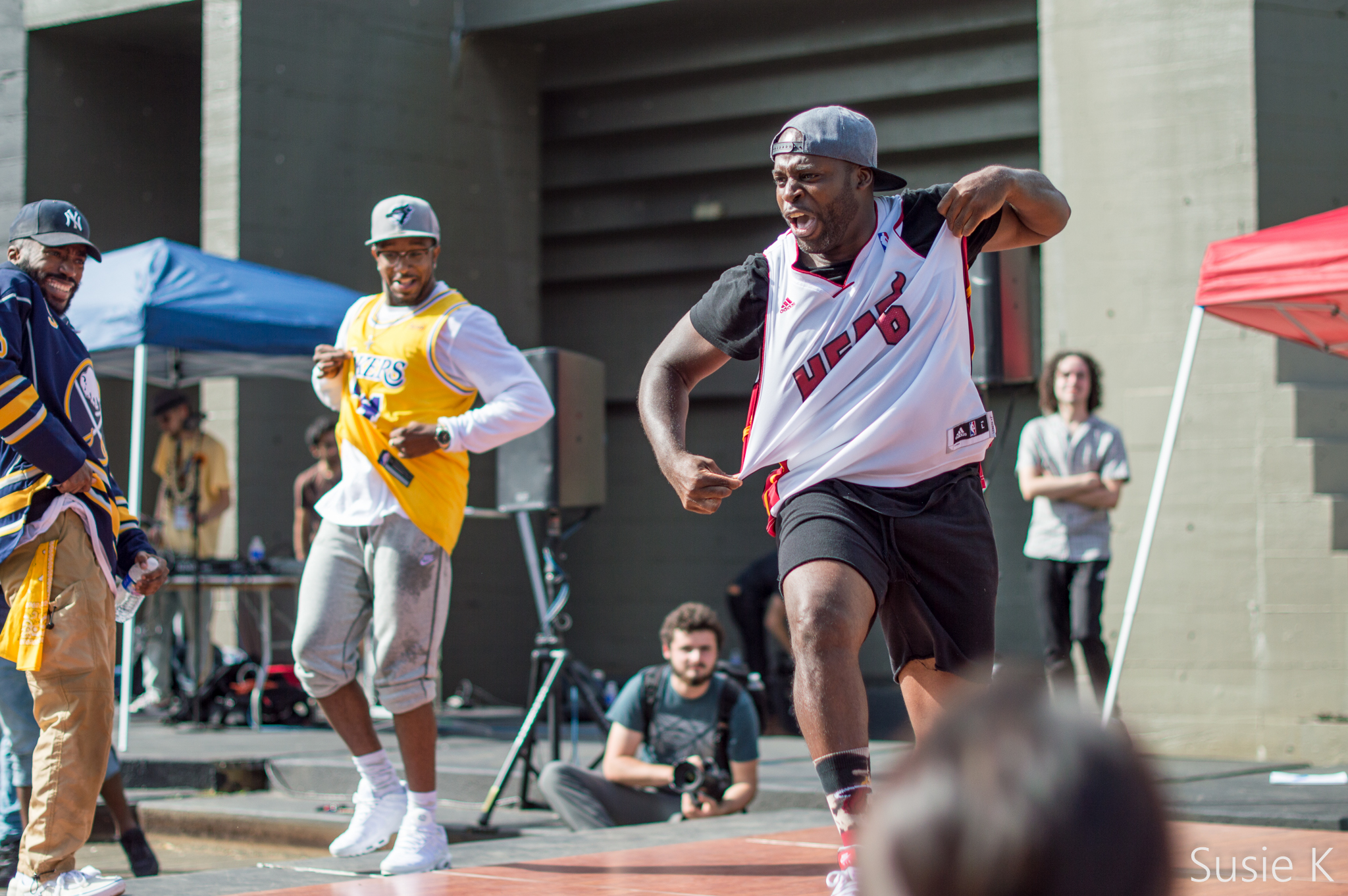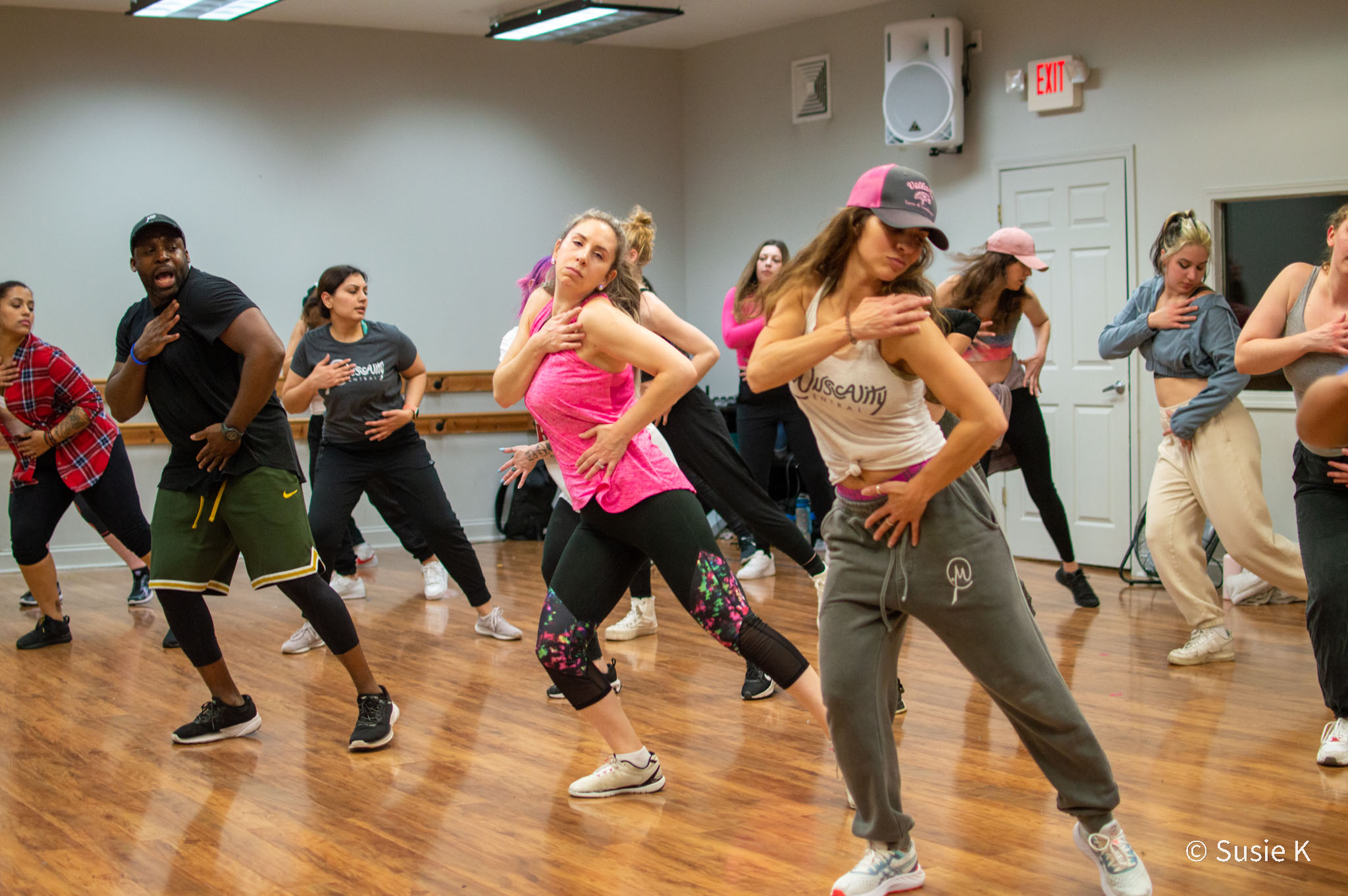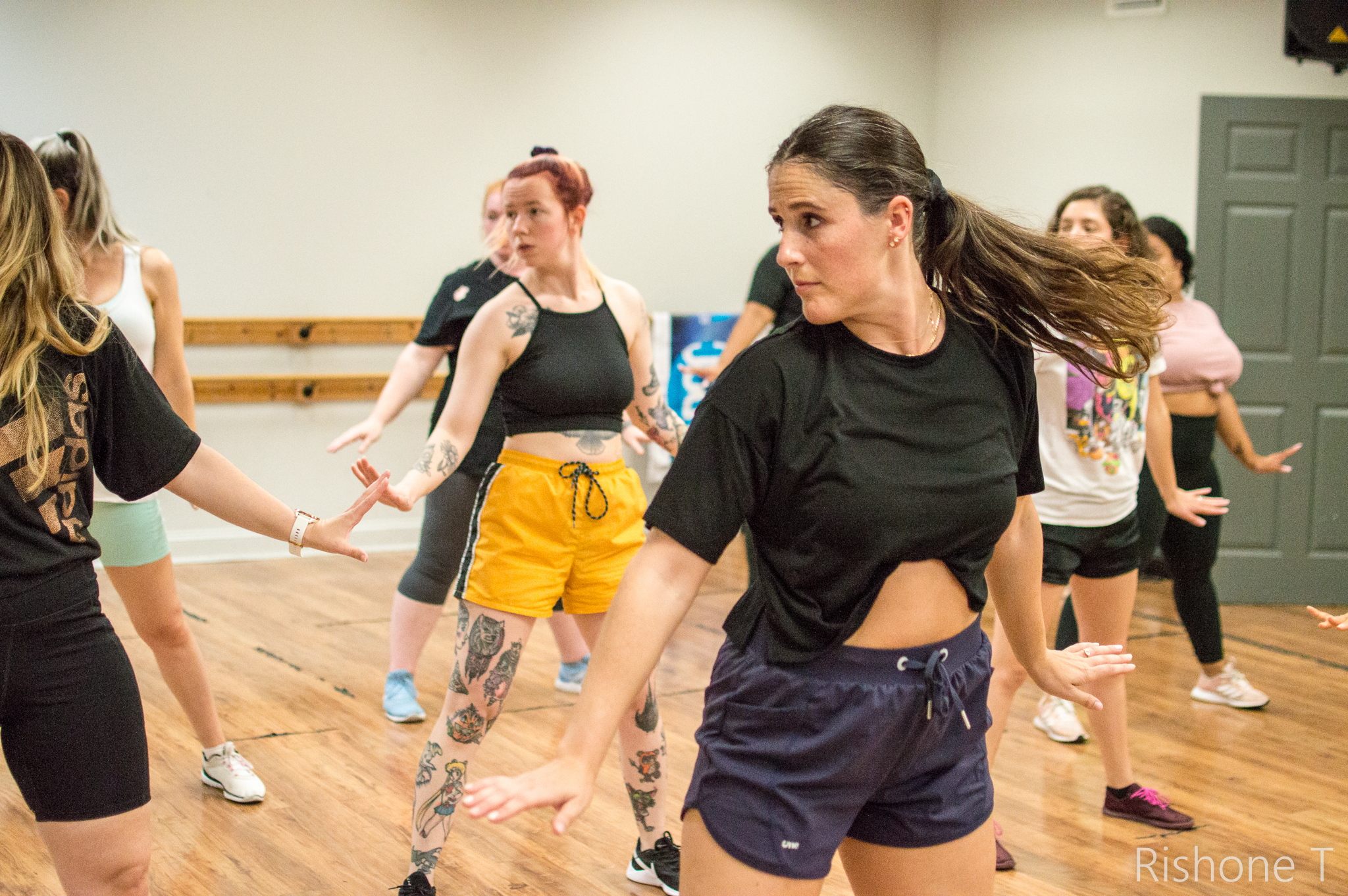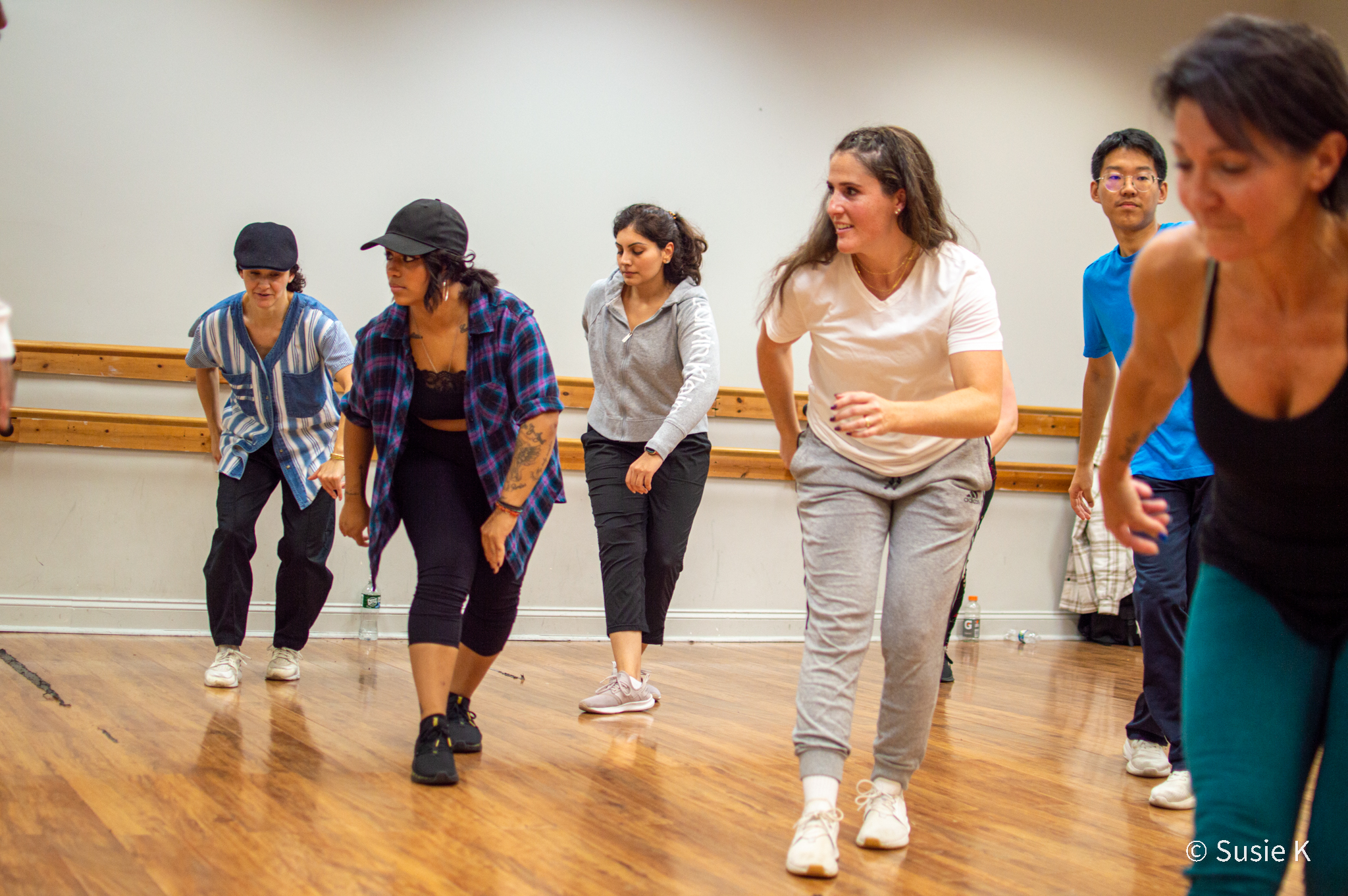
If you’ve ever had a corporate job, I can almost guarantee that you’re well aquatinted with the mid-year/annual review process. I don’t know about you, but I’ve certainly only started to enjoy this evaluation process recently. I used to feel so uncomfortable with boasting on myself and owning the things that I did well, and I wasn’t used to reviewing what I didn’t do well. But I’ve learned how important it is to constantly evaluate what you’re doing and where you want to go. If you dont acknowledge the things you’ve struggled with, you’re bound to continue to struggle with them. If you dont appreciate the things you excel in, you might stifle your own momentum. And if you don’t take time to decide where you actually want to be, we guaruntee you’re never gunna get there.
This self-evaluaiton process doesn’t only apply in the corporate world; you can do this in any aspect of your life, including dance. If you have a passion for dance and know you want to get better, now is the time to dig into what you truly want and figure out what’s needed in order to get there.
Let’s do self evaluation check-in. Take some time to reflect on these questions:
- In the past 6 months, what were your accomplishments as a student and dancer? If you’re not sure, go back and watch an older video of yourself or recall some of the songs/routines you previously learned. How was your technique and quality of movement? Did you learn with ease?
- What is something you’ve struggled with? Think about your technique (grounded movement, footwork, understanding where your weight is, isolations, etc.) as well as how you felt during the learning process (how you mirrored the movement, how you put together sections, how you retained choreography, etc.)
- Have you figured out a way to move past those struggles? Do you have any tools or a game plan to progress?
- What is your ultimate goal as a dancer? Do you simply want to feel more confident on the dance floor at your next wedding? Do you want to become proficient in a specific dance style? Do you want to become an advanced dancer/student?
- What do you specifically want to accomplish in the next 6 months? For example – Taking a level 2 class/workshop for the first time, being a part of the “select group” at the end of class, nailing the entire routine with confience by the end of class, etc.
Some tips when answering these questions for yourself – Be honest, don’t be afraid to highlight what you’ve achieved, and be specific. Your goals and your dance journey are your own, and they don’t need to look like any one else’s.
Now that you’ve through through these questions, it’s time to make a game plan – HOW do you want to get to those goals? What CHANGES do you plan on making?
If you want to take a Level 2 class for the first time, get some classes on your schedule! Sign up for as many level 1 classes as you can AND also book a Level 2 class, maybe 3 months from now. Give yourself some time to learn and practice in a Level 1 setting to build up your skillset and confidence before you take that Level 2.
If you want to be selected to be highlighed at the end of class, watch videos of yourself from each class (or record yourself at home) to see what you can do better. Once you identify specifically what you want to work on, set that intention for your next class. Also, let your instructors know what you want to work on so we can better help you reach your goals.
Whatever your goals are, your game plan for how you achieve them must be specific and actionable.
And we support you for whatever dance journey you choose for yourself. Maybe you want to work toward a profesisonal dance career, or maybe you’re looking for a fun creative outlet. We only want the best for you and your personal goals.
So take some time to refelct, evaluate, set some goals, and make a game plan to become the dancer you dream to be. You’ve got this. KEEP GOING! And we’re here to help.
